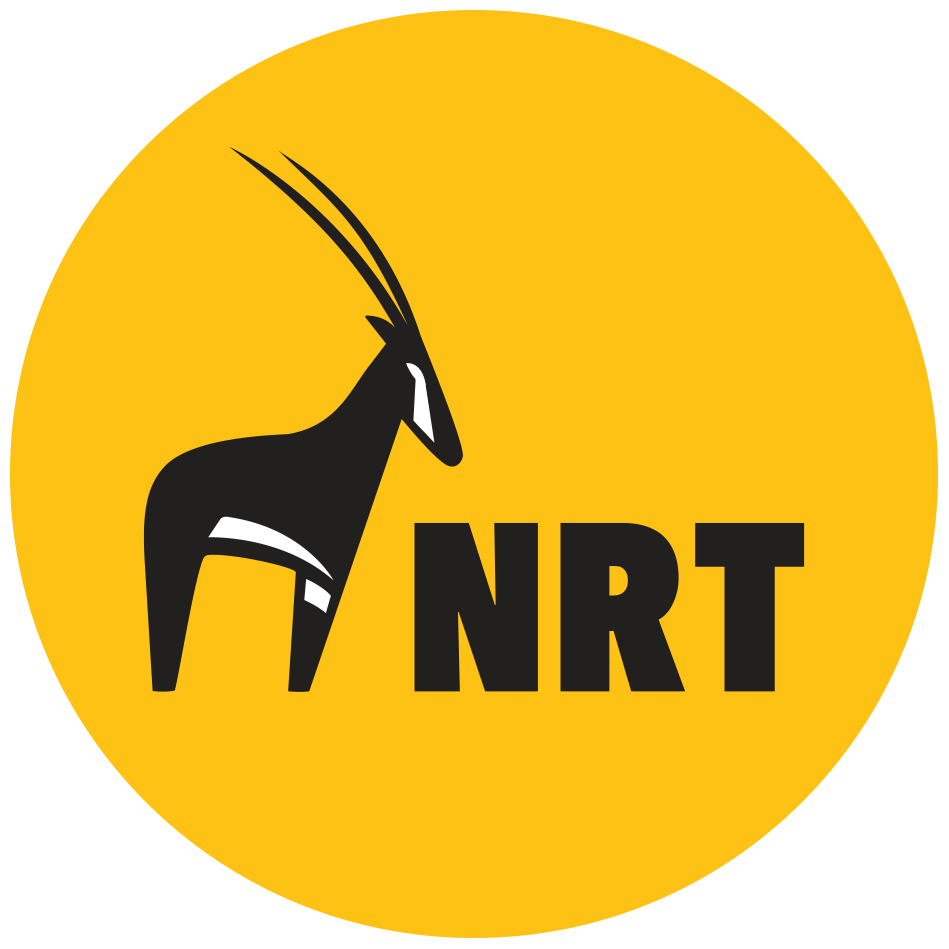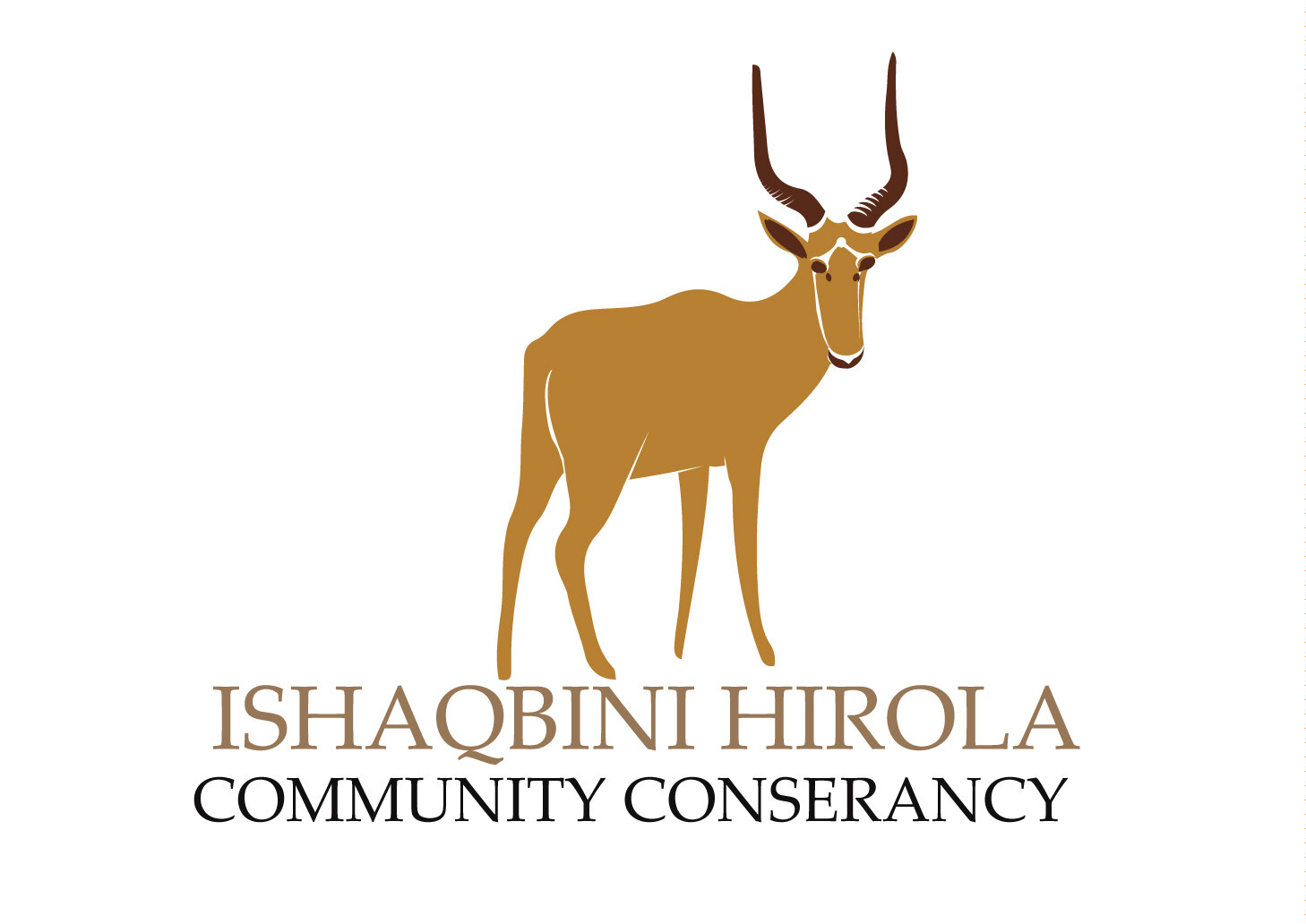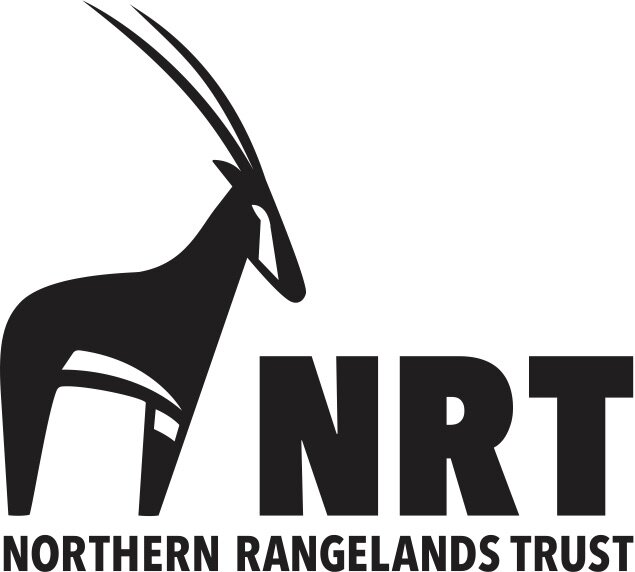Five Critically Endangered Hirola Collared at Ishaqbini Hirola Community Conservancy
Thursday, 12th November 2020
The Ishaqbini Hirola Sanctuary in Garissa County fitted tracking devices on five critically endangered hirola antelope in partnership with the Kenya Wildlife Service and the Northern Rangelands Trust. This is a huge milestone for the community-run project that seeks to conserve the world’s most endangered antelope.
A collared hirola antelope at the Ishaqbini Hirola Sanctuary. Hirola are critically endangered with less than 500 animals remaining in the wild. Photo: NRT
There has been a 160% increase in the population of hirola in the Sanctuary since it was established in 2012. The four-day exercise, from the 5th to 9th of November, was at the request of the Ishaqbini Hirola Community Conservancy Board to the Kenya Wildlife Service (KWS) seeking to monitor their movement patterns within the Sanctuary and in future the wider Ishaqbini Community Conservancy once they are released from the sanctuary.
With a founder population of 48 hirola, by December 2019 the population of hirola in the Sanctuary reached approximately 118-130 animals: a 13% average annual population growth rate. This counts for approximately 20-25% of the global population of hirola.
This growth resulted in increased pressure on the resources within the Sanctuary, leading to reduced forage and fierce competition between hirola males, reducing breeding chances.
“After observations, and the successful breeding of the hirola, the Sanctuary is reaching carrying capacity and there is now a need to release male herds out of the Sanctuary into the larger Ishaqbini Conservancy in order to further boost our conservation efforts,” said Ishaqbini Hirola Community Conservancy manager, Ahmed Noor.
The collars which send a GPS position twice daily to the Sanctuary management team, will enable rangers to remotely monitor the wildlife in readiness for a soft release through a gate system in a large boma, allowing the hirola to enter at their own free will, while keeping off predators from the Sanctuary.
Dr. Steve Chege, from the Northern Rangelands Trust (right) is assisted by the collaring team to collar one of the five hirola antelope. Photo NRT.
After the release, the collars will enable Ishaqbini Conservancy to continue monitoring their interaction with other wildlife that are in the free ranging area and the information will help implement conservation efforts to further secure their future.
The hirola has suffered huge population declines over the past 40 years due to disease, habitat loss, poaching, and predation – there is now an estimated wild population of 450 individuals. This bespectacled antelope is native to the arid Woodlands and Savannahs of the Kenya/Somali border, and now found only in isolated pockets of Kenya.
“We are happy to have approved the creation of Ishaqbini Hirola Sanctuary as part of implementation of the National Hirola Recovery and Action Plan, as the current population growth is laudable. The collaring exercise will help us monitor in real time the ranging pattern of the hirolas once released in the expanded Sanctuary. We will continue to work with the local communities and other partners to ensure a sustained hirola growth through the Sanctuary expansion,” said Geoffrey Bundotich, KWS Senior Scientist, Eastern Conservation Area.
To curb potential disease outbreaks that have proved fatal to hirola in the past, disease surveillance and management has been ongoing in Ishaqbini Hirola Community Conservancy. An ongoing vaccination exercise supported by San Diego Zoo Global is expecting to vaccinate over 50,000 head of livestock, including sheep, goats and cattle, against viruses and bacteria infections. In 2019, 63,000 heads of livestock were vaccinated.
“We are working with the community and the county government of Garissa (Veterinary Dept.) to vaccinate livestock to prevent cross-infection of disease amongst domestic and wildlife species. This is crucial to mitigate on potential risk of an outbreak and deaths of both domestic animals, which are key livelihoods sources to pastoral communities, and wildlife especially the critically endangered hirola. In the 70s, there was an estimated 15,000 hirola. However, a rinderpest outbreak in the 80s resulted in mass deaths of domestic herds and wildlife, including the loss of over 80% of the hirola population,” said Northern Rangelands Trust’s Veterinarian Dr. Stephen Chege.
There has been a 160% increase in the population of hirola in the Ishaqbini Sanctuary since it was established in 2012. Photo: Juliet King.
As well as hosting a thriving population of the most endangered antelope in the world, the Ishaqbini Hirola Community Conservancy is also home to a variety of other species, including reticulated giraffe, warthog, lesser kudu, gerenuk, ostrich and even a unique herd of largely maneless plains zebra.
The collaring exercise is a partnership between the Ishaqbini Community Conservancy, Northern Rangelands Trust (NRT), the Kenya Wildlife Service (KWS) and the County Government of Garissa, funded by San Diego Zoo Global, Lewa Wildlife Conservancy, Disney Conservation, United States Agency for International Development (USAID), Sidekick Foundation, New Mexico Community Foundation, The Nature Conservancy (TNC), Tusk Trust, Embassy of Denmark through DANIDA, David Cotton, Saint Louis Zoo, World Wide Fund (WWF) and Indianapolis.






